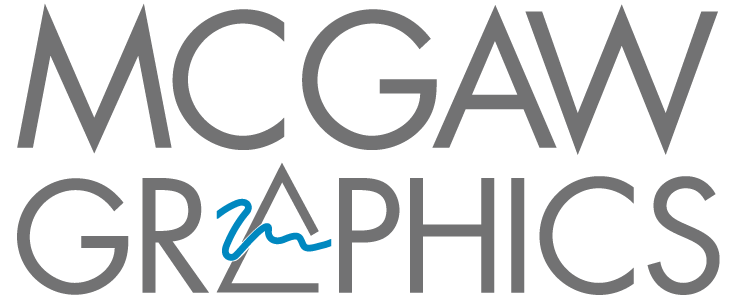Robert Henri was born Robert Henry Cozad in 1865 in Cincinnati, Ohio. After a scandal, the family changed their name and moved east, eventually settling in Atlantic City, NJ in the early 1880s. In 1886 Henri enrolled at the Pennsylvania Academy of the Fine Arts in Philadelphia, traveling to Paris, Brittany, Barbizon, and Italy to paint. He was admitted to the École des Beaux-Arts in 1891, returning to Philadelphia later that year to resume his studies at the Pennsylvania Academy in 1892. Henri began his long and influential career as an art teacher at the School of Design for Women, where he taught until 1895. During this period he met a group of young Philadelphia newspaper illustrators including John Sloan, William Glackens, George Luks, and Everett Shinn who, with Henri’s encouragement, would pursue painting careers in New York. During this time Henri also made regular trips to Paris, where he was inspired by the works of artists Edouard Manet, Frans Hals, and Diego Velasquez. In 1900 Henri settled in New York and taught at the New York School of Art (formerly the Chase School) from 1902 to 1908. Here he created art with unconventional urban realist subjects executed in a bold, painterly style. In 1908 Henri organized an independent exhibition of “The Eight” at Macbeth Gallery, including works by his friends and colleagues (Sloan, Glackens, Luks and Shinn) who had been rejected by the National Academy of Design’s annual 1907 show. Although Henri is recognized as an important portraitist and figure painter who was admired for capturing the true likenesses of unusual sitters, he is best remembered today as the influential and progressive founder of the so-called Ashcan school of urban realism. A believer in “art for life’s sake,” he was noted for his democratic approach to portraiture, and chose sitters from all walks of life.



